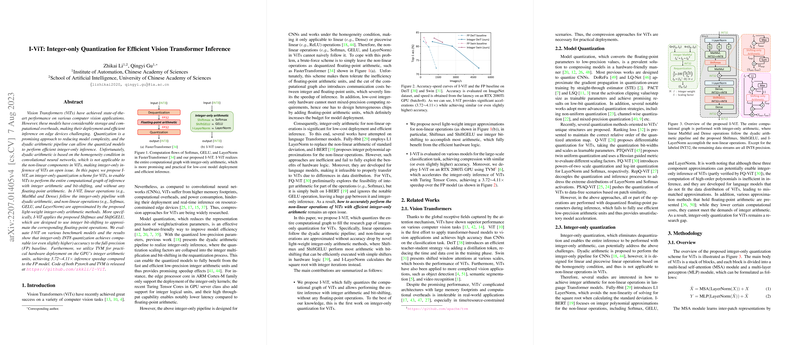Overview of \LaTeX\ Author Guidelines for ICCV Proceedings
The paper presents a comprehensive set of instructions and guidelines for authors preparing their submissions for the International Conference on Computer Vision (ICCV) proceedings. It delineates various facets of manuscript preparation using \LaTeX, structured to ensure uniformity and adherence to the standards expected by the IEEE Computer Society Press, which publishes the proceedings.
Key Elements of the Guidelines
- Manuscript Language and Structure:
- The document emphasizes that manuscripts must be written in English, maintained in a cohesive structure pertinent to scientific documents.
- Submission Policies and Paper Length:
- The guidelines particularly underscore the policy on dual submissions and adherence to a strict page limit, exclusive of references, emphasizing that overlength papers will not be reviewed.
- Formatting Specifications:
- Detailed instructions on formatting include two-column text layout, specified margins, font styles, and sizes, which must be meticulously followed to conform to ICCV requirements. For instance, the main title utilizes 14-point boldface Times, while the main text is set in 10-point Times in a fully justified format.
- Review Process Considerations:
- The guidelines explain the blind review process, advising authors on how to correctly anonymize their manuscripts without omitting necessary citations, thereby facilitating an unbiased review process.
- Graphical and Mathematical Content:
- Authors are instructed on the integration of figures, equations, and tables within the text. The paper describes the formatting of mathematical equations and how to include and caption visual content to maintain consistency throughout the manuscript.
- Miscellaneous Formatting Details:
- The document covers several other detailed formatting options, including the treatment of footnotes, references, and color usage. Emphasis is placed on maintaining legibility and consistency in the printed versions of the papers.
Implications and Future Considerations
The guidelines provide a foundation for consistency in academic publishing within the ICCV proceedings, crucial for maintaining the conference's reputation and the accessibility of information within the computer vision research community. By imposing stringent formatting and submission policies, the ICCV ensures that its proceedings reflect a high standard of scholarly presentation and documentation. Adhering to these guidelines greatly assists in preserving the archival quality of the technical literature.
Future revisions of these guidelines could potentially integrate advancements in digital publishing formats, facilitating richer media content within manuscripts, or adapting to broader standards in scholarly publishing. As the field of computer vision advances and possibly further converges with other interdisciplinary domains, the guidelines may evolve to encompass a more diverse range of content types while still adhering to scientific rigor and clarity.
Overall, this document serves as a vital resource for authors aiming to contribute to one of the premier conferences in the field of computer vision, ensuring that their work is presented in the most professional manner and readily accessible to the conference audience and beyond.
